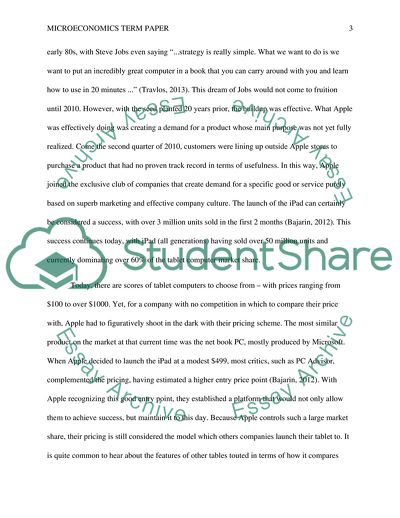Cite this document
(Introductory level microeconomics Term Paper Example | Topics and Well Written Essays - 2250 words, n.d.)
Introductory level microeconomics Term Paper Example | Topics and Well Written Essays - 2250 words. https://studentshare.org/macro-microeconomics/1802294-introductory-level-microeconomics
Introductory level microeconomics Term Paper Example | Topics and Well Written Essays - 2250 words. https://studentshare.org/macro-microeconomics/1802294-introductory-level-microeconomics
(Introductory Level Microeconomics Term Paper Example | Topics and Well Written Essays - 2250 Words)
Introductory Level Microeconomics Term Paper Example | Topics and Well Written Essays - 2250 Words. https://studentshare.org/macro-microeconomics/1802294-introductory-level-microeconomics.
Introductory Level Microeconomics Term Paper Example | Topics and Well Written Essays - 2250 Words. https://studentshare.org/macro-microeconomics/1802294-introductory-level-microeconomics.
“Introductory Level Microeconomics Term Paper Example | Topics and Well Written Essays - 2250 Words”. https://studentshare.org/macro-microeconomics/1802294-introductory-level-microeconomics.


